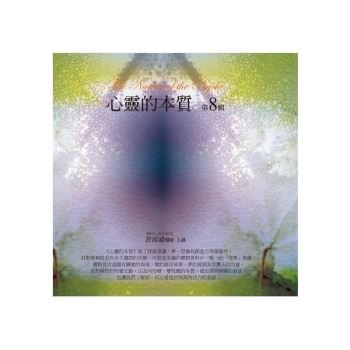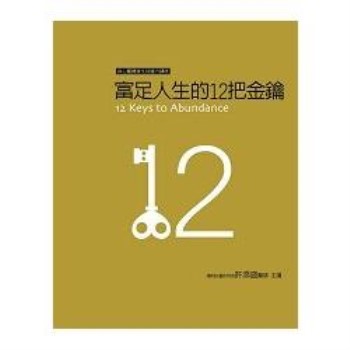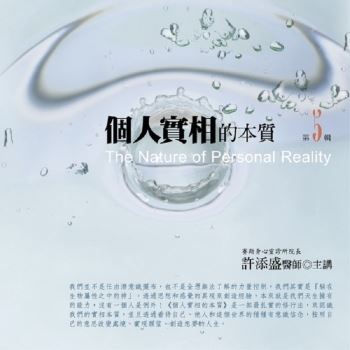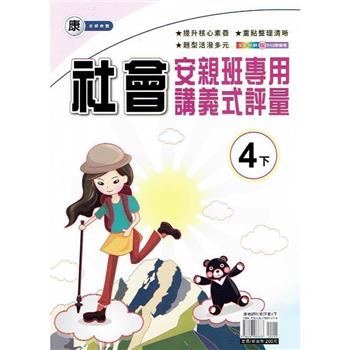| FindBook |
有 1 項符合
The Garuda Purana的圖書 |
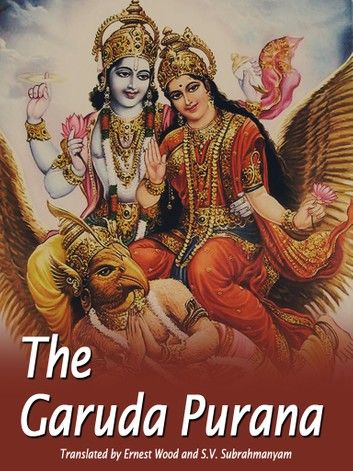 |
The Garuda Purana 作者:Ernest Wood,S.V. Subrahmanyam 出版社:AppsPublisher 出版日期:2013-01-06 語言:英文 |
| 圖書館借閱 |
| 國家圖書館 | 全國圖書書目資訊網 | 國立公共資訊圖書館 | 電子書服務平台 | MetaCat 跨館整合查詢 |
| 臺北市立圖書館 | 新北市立圖書館 | 基隆市公共圖書館 | 桃園市立圖書館 | 新竹縣公共圖書館 |
| 苗栗縣立圖書館 | 臺中市立圖書館 | 彰化縣公共圖書館 | 南投縣文化局 | 雲林縣公共圖書館 |
| 嘉義縣圖書館 | 臺南市立圖書館 | 高雄市立圖書館 | 屏東縣公共圖書館 | 宜蘭縣公共圖書館 |
| 花蓮縣文化局 | 臺東縣文化處 |
|
|
The Garuda Purana
By Ernest Wood And S.V. Subrahmanyam
This is a translation of an abridged version of the Garuda Purana. The Garuda Purana is one of the Vishnu Puranas. It is in the form of a dialog between Vishnu and Garuda, the King of Birds. The second section of this Purana (given here) deals with issues connected with death, particularly funeral rites and the metaphysics of reincarnation. Portions of the Garuda Purana are used by some Hindus as funeral liturgy. Indeed, some consider it unlucky to read this text except during funerals.
Of interest are the intermediate states between birth and rebirth, which roughly correspond to the western concepts of Hell and Heaven. Since this was written during the medieval era, it is possible that the writer of this text had contact with Christianity. Earlier Hindu texts do not elaborate about 'hell' and 'heaven,' at least not to this extent, and the subject is completely absent in the oldest texts. Here, the torments of Hell are described in terms that would not be out of place in a Baptist revival tent (or Dante, for that matter). In addition, the four-square city of Yama, the God of Death, is reminiscent of the heavenly city in Revelation. However, these are way stations between incarnations (or, as termed in the Tibetan Book of the Dead, Bardos), not a permanent destination.
The Garuda Purana starts with the details of the afterlife. Following this is an account of funeral procedures, including rituals, the astrological timing of the post-death observances, and ritual gifts. Balancing the extended vision of Hell in the earlier part of the document is a shorter account of the City of Yama. After that is an enumeration of correspondences between the macrocosmos and the human body. The final part of this text is an appeal to self-knowledge as the key to liberation, going beyond austerities and study of the texts. "The fool, not knowing that the truth is seated in himself, is bewildered by the Shastras,--a foolish goatherd, with the young goat under his arm, peers into the well."--J.B. Hare --This text refers to the Kindle Edition edition.
|
